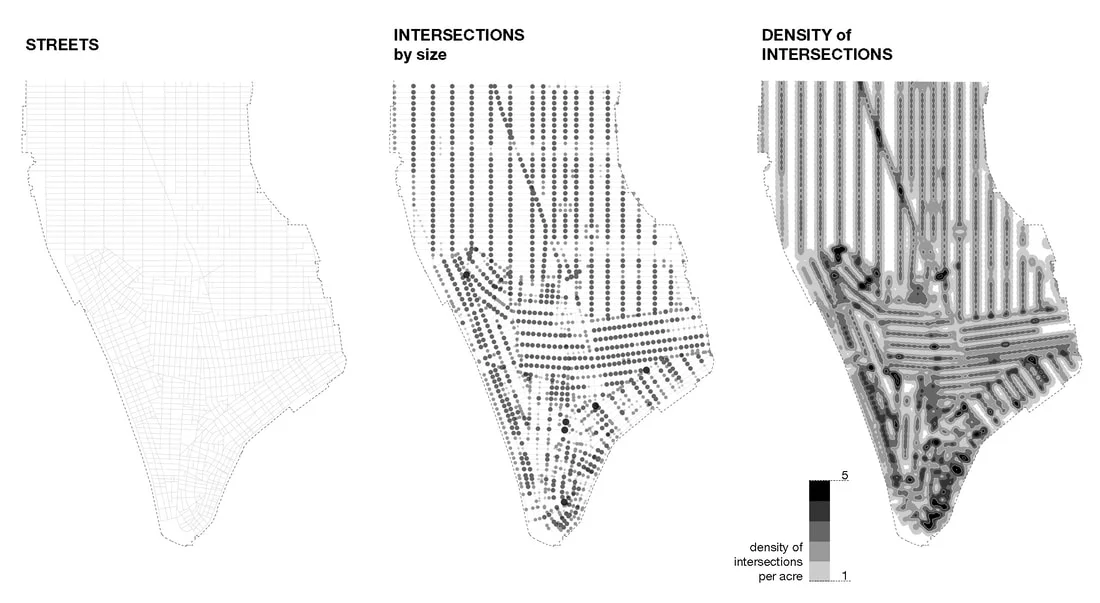Mastering Paradox: John Jay as a Slaveholding Abolitionist
By David N. Gellman
“Alexander Hamilton, Enslaver? New Research Says Yes” announced the New York Times in a November 2020 news story. A paper published online by Jessie Serfilippi, a researcher at the Schuyler Mansion State Historic Site, uncovered striking new evidence to clarify long muddied waters about Hamilton’s personal connections to this deep-seated New York institution. Serfilippi’s dogged research is proof once again that even traditional archives still hold revelations.
Read MoreDyckman Discovered: Generations of Slavery on the Dyckman Property in Inwood, 1661-1827
By Richard Tomzack
On Tuesday, May 21, 1765, an enslaved African American named Will escaped the estate of Jacob Dyckman in Kingsbridge, New York. Taking nothing but his clothes, described by Dyckman as a “blue Broad Cloth Coat,” and “Homespun Trowsers, a Beaver Hat, halfworn, with a hole through the rim,” Will made his escape under the cover of darkness. Like many of the 10,000 enslaved individuals living in the province of New York, Will had been bought and sold multiple times, passing from the ownership of both the Alsop and Keteltas families in New York City, before Jacob Dyckman purchased him and relocated him to his property in Kingsbridge.
Read MoreNew York and the Death of the Atlantic Slave Trade
Reviewed by Samantha Payne
John Harris’s The Last Slave Ships: New York City and the End of the Middle Passage reveals how and why the long survival of the slave trade in the United States was related to the politics of slavery across the Atlantic World. During the first half of the 19th century, more than seventy-five percent of enslaved Africans transported to the New World arrived in Brazil. In 1850, Brazil abolished the slave trade — an act which, Harris argues, transformed the inner workings of the illegal traffic in the United States.
Read MoreIn Service to the New Nation: An Interview with Robb K. Haberman of The John Jay Papers Project
Interviewed by Helena Yoo Roth
Few political leaders in the revolutionary and early nationals eras were more influential than John Jay (1745-1829). A New Yorker born and bred and a 1765 graduate of the nascent King’s College, this austere lawyer of Huguenot and Dutch descent went on to lead a life marked by continuous service and a steadfast devotion to his family, state, and country. The John Jay Papers Project based at the Rare Book & Manuscript Library at Columbia University has documented Jay’s life through a series of published volumes containing his personal correspondence and public papers.
Read MoreMonuments of Colonial New York: George III and Liberty Poles
Wendy Bellion and Shira Lurie
For the last installment in our six-part series on monuments in / about colonial Gotham, Wendy Bellion and Shira Lurie discuss NYC’s rebellion against British rule during the volatile decade before the War for Independence. Bellion begins with a story of destruction — the tearing down of the statue of George III in Bowling Green. Lurie tells of construction — the raising of five liberty poles on the Common (present day City Hall Park).
Read MoreNew York’s Disconcerting Summer
By Victoria Johnson
In the summer of 1795, New Yorkers were protesting in the streets over the ratification of the controversial treaty John Jay had signed with Great Britain the previous fall.[1] Suddenly, the city’s soaring political fevers collided with the real thing. Around July 19, the British ship Zephyr arrived at New York from Port-au-Prince and unloaded most of its cargo at the foot of William Street before sailing out into the East River to dump 22 barrels of spoiled coffee.
Read MoreA Long and Complex Legacy:
An Interview with Thai Jones on the Columbia University and Slavery Project
Interviewed by Robb K. Haberman
Today on the blog, editor Robb Haberman speaks with Thai Jones, who co-taught the Columbia University and Slavery Seminar in 2020, about the history of slavery and its continuing legacy at King’s College and Columbia University.
Read MoreRevolutionary Networks: The Business and Politics of Printing the News, 1763-1789
Reviewed by Jonathan W. Wilson
Have pity for John Holt. He lived in perilous times. As the publisher of the New-York Journal, and as a centrally located postmaster, Holt was poised to play an important role in the American Revolution. His evident sympathies were with the patriots. But he had to be careful.
Read MoreMyth #9: A System of Block and Lot Divisions
By Gergely Baics and Leah Meisterlin
The New York City grid is often understood as a foundational system of land subdivision and cadastral allotment. Accordingly, the grid divides Manhattan into a highly regularized system of rectangular shaped blocks, subdivided into lots, making standard (and stackable) units of real estate available for urban development. The grid accomplishes the city’s apportionment through its collection of more frequently spaced and narrower east-west cross-streets and less frequently spaced and wider north-south avenues — each serving as partition and demarcation between the blocks with their nested lots. Indeed, conceptualizing the grid as a system of subdivided blocks highlights its underlying cadastral logic. Previous posts (#4 and #6) have addressed two myths following from this line of reasoning, specifically the extent to which block sizes determined lot sizes, and how the relentless regularity of blocks and lots contributed to rampant real estate speculation.
Read More




